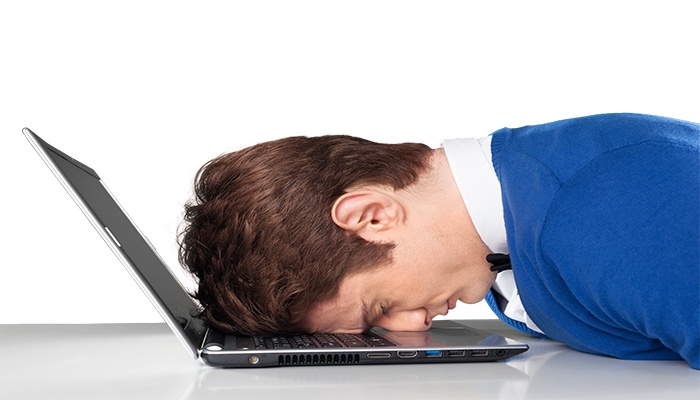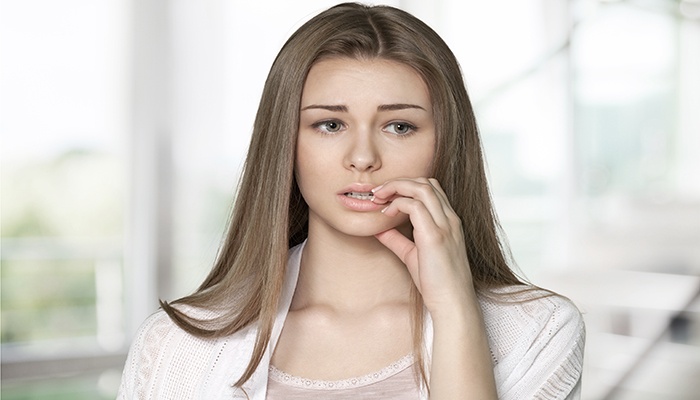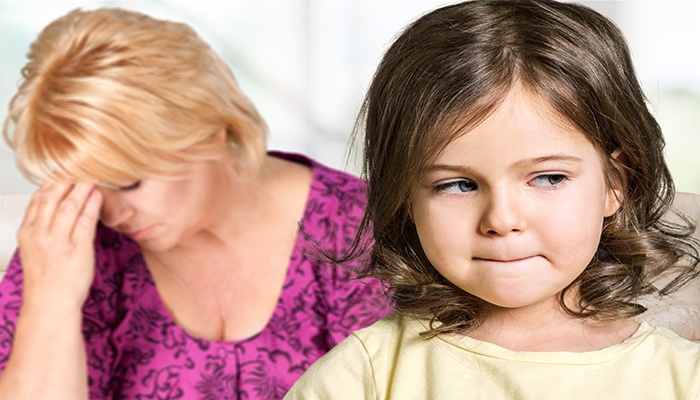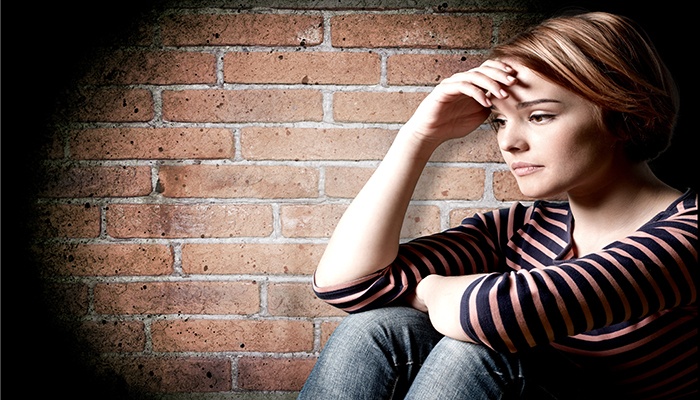Depression is a complex and multifaceted mental health condition that affects how a person feels, thinks, and handles daily activities. While many people are familiar with the general term “depression,” there are several distinct types, each with its own symptoms, causes, and treatment approaches. Understanding the different types of depression is essential for proper diagnosis and effective treatment.
1. Major Depressive Disorder (MDD)
Major Depressive Disorder, also known as clinical depression, is one of the most common and severe forms of depression. It is characterized by persistent feelings of sadness, hopelessness, and a lack of interest or pleasure in most activities. Symptoms must last for at least two weeks to be diagnosed as MDD. Physical symptoms such as changes in appetite, sleep disturbances, fatigue, and difficulty concentrating are also common. This condition can be debilitating and may interfere significantly with daily functioning.
2. Persistent Depressive Disorder (PDD)
Previously referred to as dysthymia, Persistent Depressive Disorder is a chronic form of depression that lasts for two years or more. While the symptoms may not be as intense as those of Major Depressive Disorder, they are more enduring and can lead to long-term impairment. People with PDD often feel a general sense of unhappiness or dissatisfaction with life and may experience episodes of more severe depression layered on top of their chronic symptoms.
3. Bipolar Depression
Bipolar disorder involves alternating periods of depression and mania or hypomania. The depressive episodes in bipolar disorder can be very similar to those in Major Depressive Disorder, including feelings of deep sadness, low energy, and disinterest in daily activities. However, these depressive phases are interspersed with manic episodes characterized by elevated mood, increased activity, rapid speech, and impulsive behavior. There are different types of bipolar disorder, including Bipolar I, Bipolar II, and Cyclothymic Disorder, each with varying patterns and severity.
4. Seasonal Affective Disorder (SAD)
Seasonal Affective Disorder is a type of depression that occurs at specific times of the year, most commonly during the fall and winter months when daylight hours are shorter. SAD is believed to be related to changes in light exposure that affect the body’s internal clock and melatonin levels. Common symptoms include fatigue, increased sleep, weight gain, and social withdrawal. Light therapy is often effective in treating this condition, along with medication and psychotherapy.
5. Postpartum Depression
Postpartum depression affects women after childbirth. It goes beyond the “baby blues,” which are common and typically resolve within a few days. Postpartum depression can last for weeks or months and may include symptoms such as severe mood swings, anxiety, sadness, and fatigue. In some cases, it can interfere with a mother’s ability to care for her baby. Hormonal changes, physical stress, and psychological adjustment to motherhood all contribute to its onset.
6. Premenstrual Dysphoric Disorder (PMDD)
PMDD is a severe form of premenstrual syndrome (PMS) that includes mood-related symptoms such as irritability, depression, and anxiety in the weeks leading up to menstruation. These symptoms typically resolve shortly after the period begins. PMDD can significantly impact daily life and relationships. The cause is not fully understood but is believed to be linked to hormonal fluctuations and brain chemistry.
7. Atypical Depression
Atypical depression is characterized by specific symptoms that differ from typical depression, including mood reactivity (temporary improvement in mood in response to positive events), increased appetite, excessive sleep, a heavy feeling in the limbs, and sensitivity to rejection. While the name suggests it is uncommon, atypical depression is actually fairly prevalent and can occur in both Major Depressive Disorder and Persistent Depressive Disorder.
8. Psychotic Depression
Psychotic depression occurs when severe depression is accompanied by psychosis, which includes hallucinations or delusions. These symptoms are often consistent with depressive themes, such as guilt, poverty, or illness. This type of depression requires immediate medical attention and is typically treated with a combination of antidepressant and antipsychotic medications, along with therapy.
9. Situational Depression
Also known as adjustment disorder with depressed mood, situational depression arises in response to a specific stressful event or life change, such as divorce, job loss, or the death of a loved one. The symptoms are similar to those of Major Depressive Disorder but are directly tied to a particular situation and usually resolve once the individual adapts to the change or receives appropriate support.
Conclusion
Depression is not a one-size-fits-all condition. Each type of depression has unique features, causes, and treatment options. Accurate diagnosis is crucial for effective treatment, which may include medication, therapy, lifestyle changes, or a combination of these. If you or someone you know is struggling with symptoms of depression, seeking help from a mental health professional is an important first step toward recovery. Understanding the different types of depression can pave the way for more compassionate care and better outcomes.







